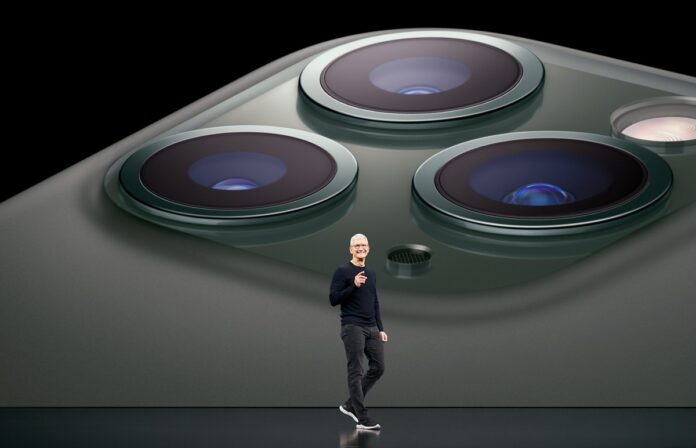Until the iPhone 6, Apple used to publish how many units they sold within the first week or hours of the device’s launch. It is exciting to look at how many units the company used to sell during their device launch. In many cases, Apple even doubled the previous year’s sales.
Sold iPhones within three days of launch
Except for the iPhone 2G, these are the iPhones Apple published the amount of sold units within its launch date.
- Original iPhone: Apple sold one million iPhones 2G (OG iPhone) 74 days after its debut.
- iPhone 3G: Apple sold one million iPhone 3G units in its first three days.
- iPhone 3GS: One million iPhone 3GS units sold within the first three days of launch.
- iPhone 4: Apple sold 1.7 million iPhone 4 units during the first three days.
- iPhone 4S: Apple sold four million iPhone 4S units during its first three days.
- iPhone 5: Five million units were sold after the first three days of launch.
- iPhone 5s & 5C: Apple sold nine millions iPhone 5s and 5C units after during its three first days of release.
- iPhone 6 & 6 Plus: Apple sold 10 million iPhone 6 and 6 Plus within three days of its release.
Most sold iPhone model in 24 hours
Based on these data, here’s the highest-sold iPhone model during its first 24 hours of launch date.
| iPhone Model | Units sold in 3 days | Units sold in 24 hours |
| OG iPhone | 40,540 | 13,513 |
| iPhone 3G | 1,000000 | 333,333 |
| iPhone 3GS | 1,000000 | 333,333 |
| iPhone 4 | 1,700,000 | 566,666 |
| iPhone 4S | 4,000,000 | 1,333,333 |
| iPhone 5 | 5,000,000 | 1,666,666 |
| iPhone 5s / 5C | 9,000,000 | 3,000,000 |
| iPhone 6 / 6 Plus | 10,000,000 | 3,333,333 |
The reason that there was a huge iPhone adoption between the iPhone 4 and 4S was because the iPhone 4S was the first iPhone to launch on multiple carriers. This was the end of AT&T’s iPhone-exclusive deal, which lasted four years.
After that, the iPhone kept selling more than ever due to getting released by more carriers.
Why Apple no longer publishes most sold iPhones
Unfortunately, Apple stopped publishing those data for unknown reasons. The only reasonable speculation could be that since technology has stagnated in cell phones, people no longer buy the latest smartphone as often as they did back then. People are keeping their smartphones longer than ever, a trend that started with the iPhone 6.
On top of that, Apple supports the iPhone way longer than its competitors through repairs and software updates. This causes iPhone users to wait longer than Apple’s competitors to upgrade their devices. Since these data are not as record-breaking as they used to be, it would make Apple seem not as significant as it once was.
